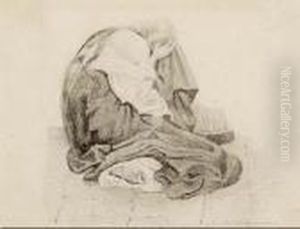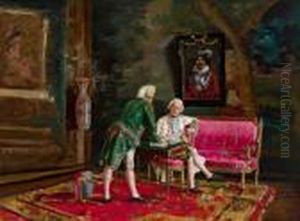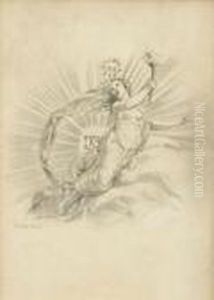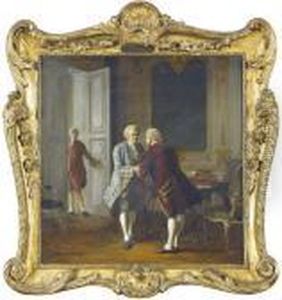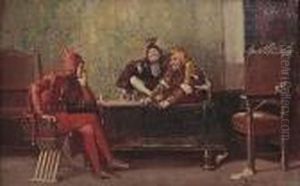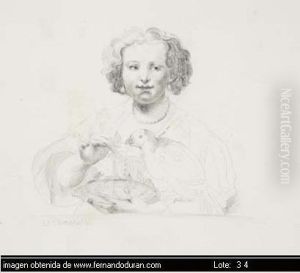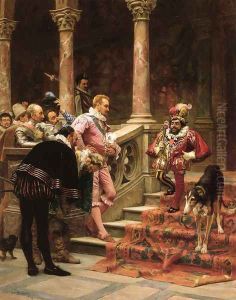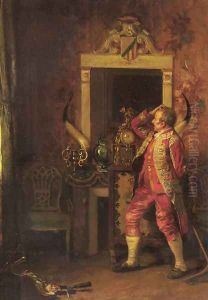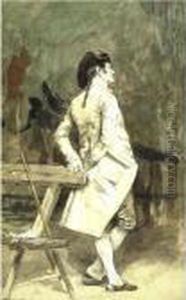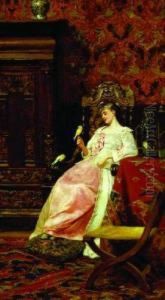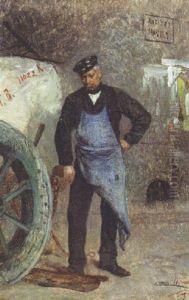Eduardo Zamacois y Zabala Paintings
Eduardo Zamacois y Zabala was a prominent 19th-century Spanish painter known for his work in the Rococo Revival and genre painting styles. Born on July 17, 1841, in Bilbao, Spain, he showed artistic talent at a young age and went on to study art in Madrid. He later moved to Paris, where he was influenced by French painting and culture, a common practice among many artists of that era who sought to refine their craft and gain international exposure.
Zamacois y Zabala's work is characterized by its detailed and delicate technique, often focusing on whimsical or satirical scenes that reveal a sharp observation of contemporary society. His paintings are marked by a sense of playfulness and a keen eye for detail, which he used to create intricate compositions with a strong narrative element.
Despite his Spanish origins, Zamacois y Zabala achieved significant success in France, where he exhibited his works at the Paris Salon. His paintings were well received by the French public and critics, and he became part of the artistic milieu of Paris during a vibrant period of cultural activity.
Tragically, Eduardo Zamacois y Zabala's life was cut short when he died on January 12, 1871, at the young age of 29. His premature death meant that his artistic potential was never fully realized, but his existing body of work has continued to be appreciated for its charm, wit, and technical mastery. Today, he is remembered as a talented artist whose work provides insight into the social mores and artistic trends of his time.


